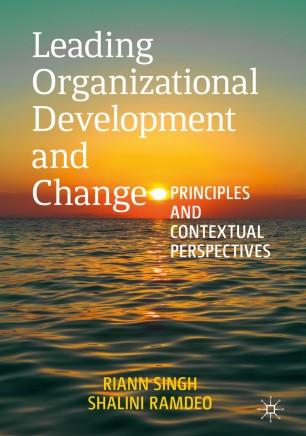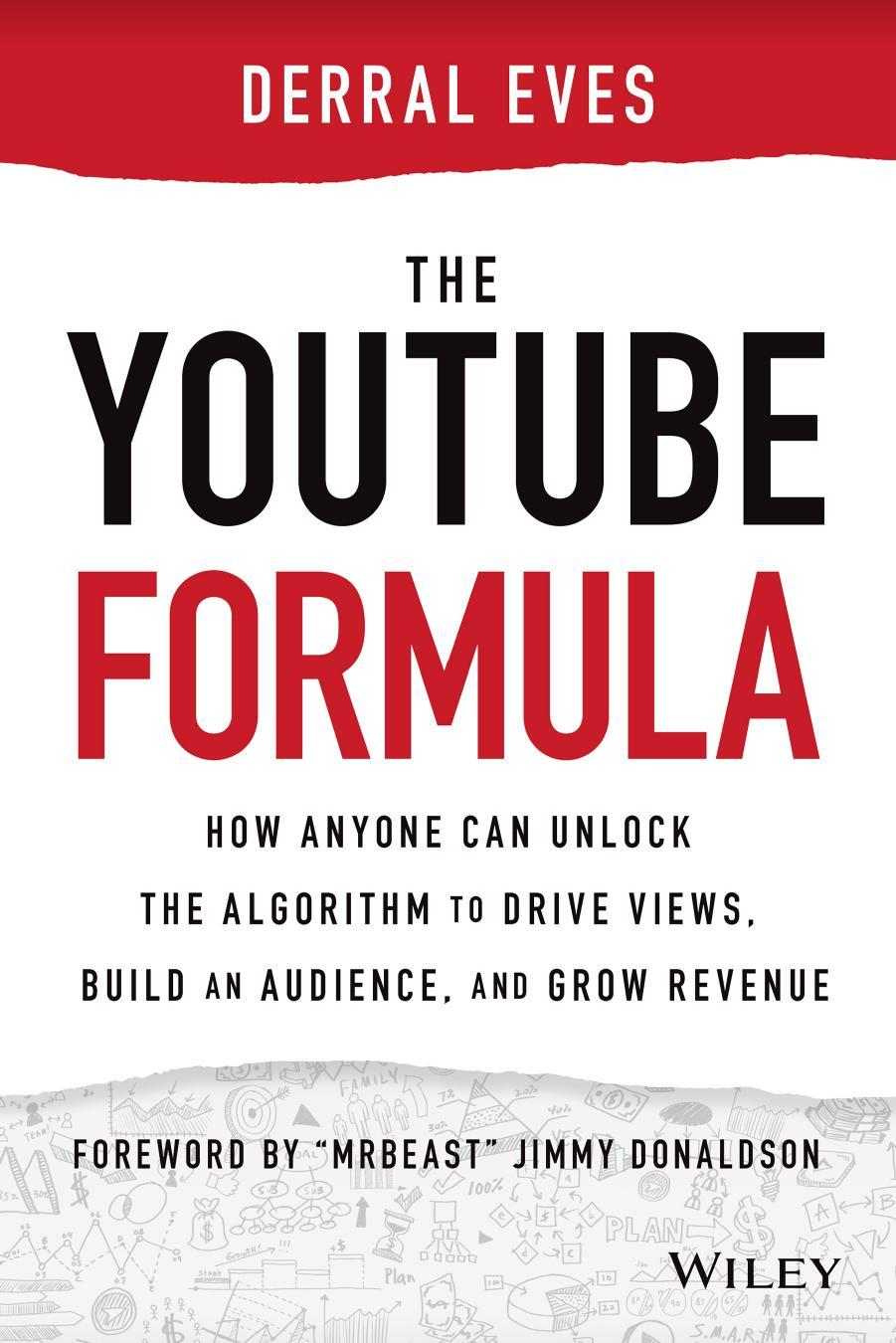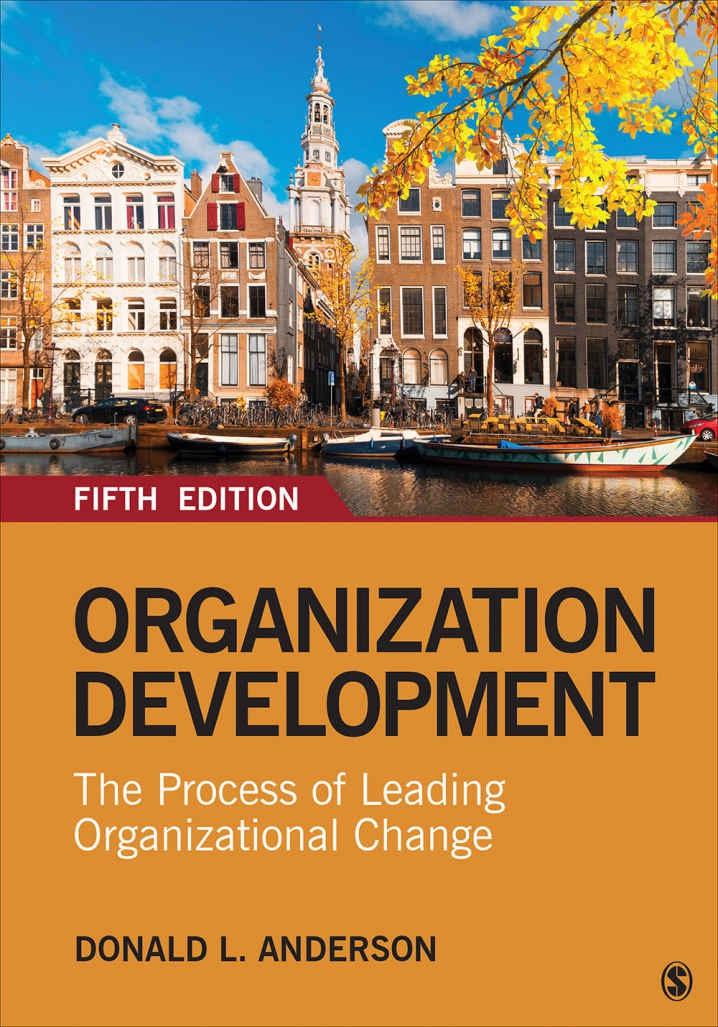(eBookPDF)OrganizationDevelopment:TheProcess ofLeadingOrganizationalChange5thEdition

https://ebookmass.com/product/ebook-pdf-organizationdevelopment-the-process-of-leading-organizationalchange-5th-edition/

Instant digital products (PDF, ePub, MOBI) ready for you
Download now and discover formats that fit your needs...
Organization Development: The Process of Leading Organizational Change – Ebook PDF Version
https://ebookmass.com/product/organization-development-the-process-ofleading-organizational-change-ebook-pdf-version/ ebookmass.com
Practicing Organization Development: Leading Transformation and Change (J B O D (Organizational Development)) 4th Edition, (Ebook PDF)
https://ebookmass.com/product/practicing-organization-developmentleading-transformation-and-change-j-b-o-d-organizationaldevelopment-4th-edition-ebook-pdf/ ebookmass.com
Leading Organizational Development and Change: Principles and Contextual Perspectives 1st ed. Edition Riann Singh
https://ebookmass.com/product/leading-organizational-development-andchange-principles-and-contextual-perspectives-1st-ed-edition-riannsingh/ ebookmass.com
The YouTube Formula Derral Eves
https://ebookmass.com/product/the-youtube-formula-derral-eves/




ebookmass.com

Construction Approaches
Organizations as Systems
The Value of Systems Theory for OD Practitioners
Models of Organizational Change Consistent With a Systems Theory Approach
➡ Profiles in Organization Development W. Warner
Burke
Organizations as Socially Constructed
The Value of the Social Construction Approach for OD Practitioners
Approaches to Organizational Change Consistent With a Social Construction Perspective
New Paradigms in OD
Summary
Questions for Discussion
For Further Reading
Exercise: Using Organizational Change Models
➡ Case Study 3: “I Just Can’t Work With Her:” Team
Conflict in the Northeast Sales Division
Chapter 5 • The Organization Development Practitioner and the OD Process
The Consulting Relationship and Types of Consulting Expert Model
Doctor–Patient Model
Mechanic Model
The Organization Development Consulting Model
OD Practitioners: Who Are They and Where Do They Work?
Internal Versus External Consulting: Advantages and Disadvantages
➡ Profiles in Organization Development Matt Minahan
Ethical Issues for Internal and External Consultants
The Organization Development Consulting Profession
Becoming an OD Consultant
Skills and Competencies for OD Consultants
The OD Consulting Process and Action Research
A Dialogic Approach to OD
➡ Profiles in Organization Development Gervase R.
Chapter 10 • Individual Interventions
Individual Change and Reactions to Change
Individual Instruments and Assessments
The Myers-Briggs Type Indicator
Coaching
➡ Profiles in Organization Development Judith H. Katz
Mentoring
360 Feedback
Career Planning and Development
The Classic View: Stages of the Career
The Contemporary View: Boundaryless Careers
Choosing a Career Direction and Identifying Work Interests
Setting Career Goals
Developing Career Transitions and New Employment
Relationships
Summary
Questions for Discussion
For Further Reading
Exercise: Individual Intervention (Coaching)
➡ Case Study 6: Individual Type Styles at the Parks Department
Chapter 11 • Team Interventions
Defining Teams
What Makes a Successful Team?
Special Types of Teams
Self-Directed Work Teams
Virtual Teams
Cross-Functional Teams
Team Development
Team-Building Interventions
What Is Team Building?
Data Gathering for Team Interventions
➡ Profiles in Organization Development Dick Axelrod
➡ Profiles in Organization Development Emily M.
Axelrod
Team Start-Up and Transition Meetings
Confrontation Meetings
Dimensions of Global Cultural Difference
Power Distance
Uncertainty Avoidance
Individualism–Collectivism
Masculinity–Femininity
Short-Term–Long-Term Orientation
Indulgence–Restraint
OD Values, Interventions, and Culture
➡ Profiles in Organization Development Peter F. Sorensen, Jr.
Case Examples and Research Findings
China
Hong Kong
Japan
Taiwan
India
Africa and the Middle East
Ghana
Egypt
South Africa
Latin America
United Kingdom and Ireland
Beyond Single Cultures: Multicultural OD
➡ Profiles in Organization Development Therese Yaeger Advice for the Global OD Practitioner
Summary
Questions for Discussion For Further Reading
➡ Case Study 10: A Global Partnership at GFAC
Consulting
Chapter 16 • The Future of Organization Development
Increasing Complexity of Change
Changing Workforce Demographics
Changing Nature of Work
The Current State of OD: Strengths, Weaknesses, and Opportunities
Profiles in Organization Development Allan H. Church
Strengths of OD Practice Today
Weaknesses in OD Practice Today
Opportunities for OD in the Future
Conclusion: The Future of OD
Summary
Questions for Discussion For Further Reading
References
Author Index
Subject Index
About the Author
Preface
In 2018, the World Economic Forum issued its Future of Jobs Report. Perhaps not surprisingly, the report noted an increase in jobs focused on robotics and automation, Big Data, artificial intelligence, and data science, whereas it also noted that jobs focused on data entry and factory work will likely be in decline. The report authors predicted that more than half of all jobs will require significant reskilling by 2022, making lifelong learning an increasing necessity. Yet against the backdrop of this focus on technology, the report authors also made a specific mention of the increasing influence of the field of organization development (OD). The report concluded:
Also expected to grow are roles that leverage distinctively “human” skills, such as . . . Training and Development, People and Culture, and Organizational Development Specialists (World Economic Forum, 2018, p. viii).
It seems that every few years, the field of organization development (OD) finds itself at a crossroads. Some feel that the field has strayed too far from its founding humanistic values of democracy, diversity, autonomy, collaboration, and choice. They argue that OD is in danger of being diluted or collapsed into human resources roles, leadership development, and talent management. Others feel that the “touchy feely” old values deserve a fresh update and that OD practitioners have a great deal to contribute to organizational efficiency, effectiveness, and enhanced performance in ways that helps both organization and individual. They see the role of the practitioner as a business adviser who can incorporate humanistic values without being hypocritical.
I wrote (and continue to update) this book because, like the World Economic Forum, I firmly believe that OD as a field of research and practice has much to offer to people in contemporary organizations who are struggling with an incredible amount of change. Old management styles no longer fit the needs
